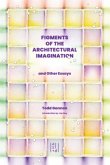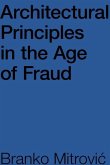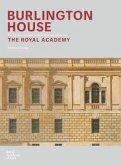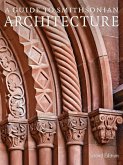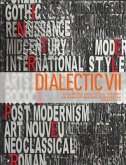Classicism is ubiquitous, from the facade of Selfridges to the letterhead of The Times. This book reveals its complexities, expressiveness and invention, inviting readers to discover in their surroundings a rich language of form. Making connections between historical periods, it focuses on looking closely at the buildings and their details, from which useful generalisations emerge. The book discusses how Renaissance architects, when faced with the bewildering variety of classical antiquity, produced canonical versions of the orders, and asks how the highly regulated language of classicism can sustain the originality of a Michelangelo, or a Soane. It looks at the human body in relation to classical architecture, examines the various treatments of the wall and of lettering, and discusses architectural backgrounds in painting.


